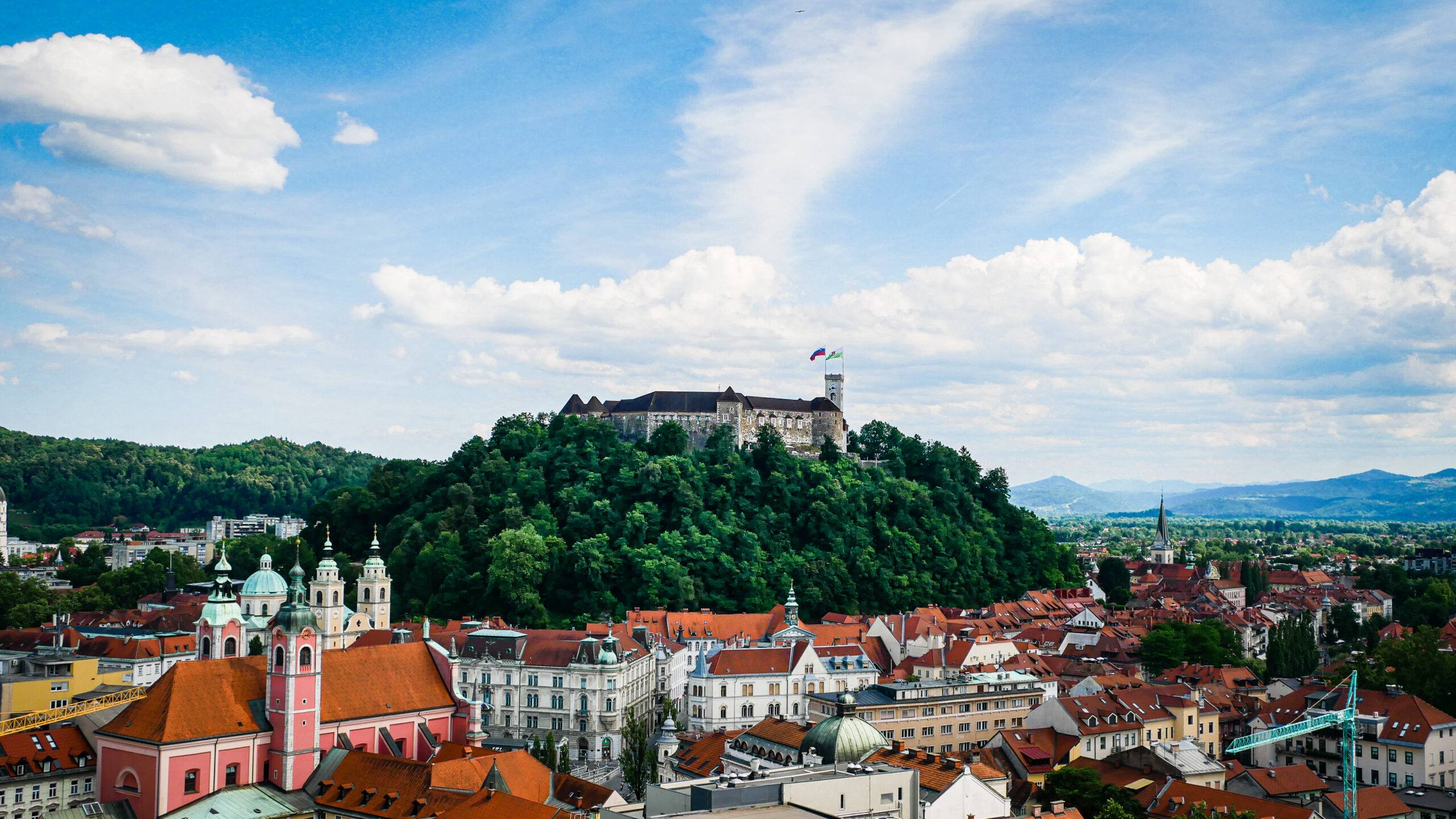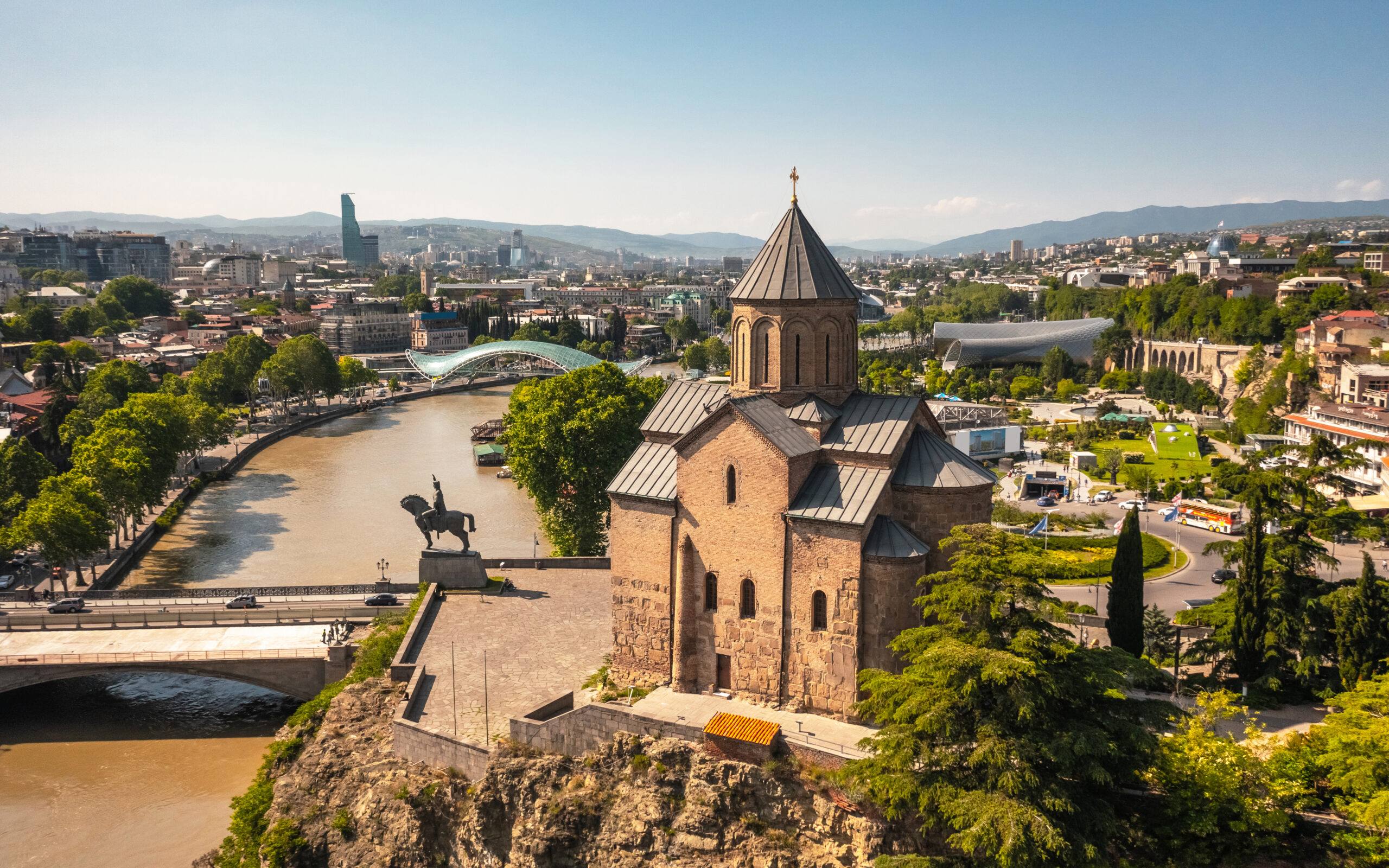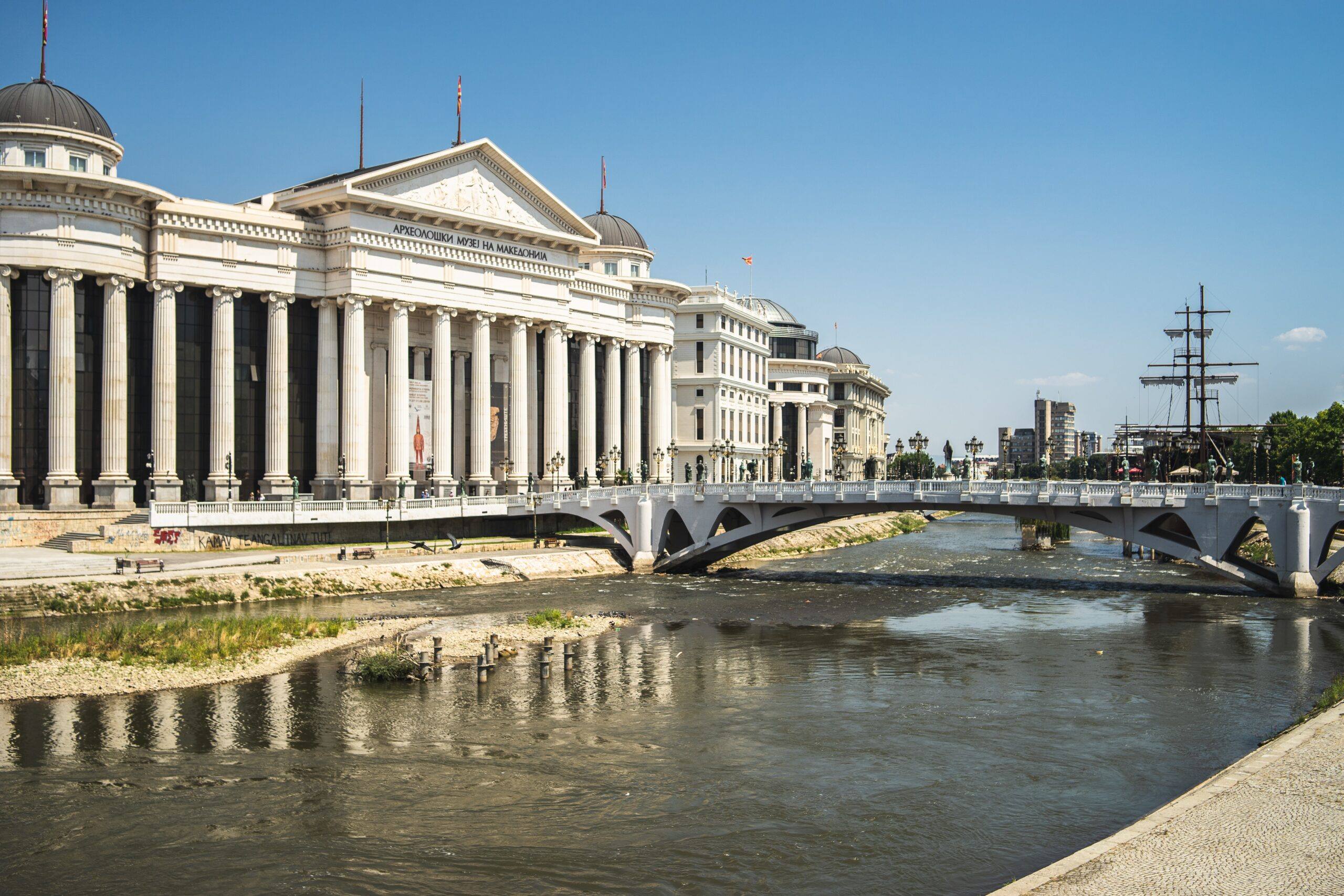Slightly different city breaks
Paris, London, Rome, Amsterdam, Prague – what do they all have in common? That’s right, they are boring. You have done them. And now you fancy going somewhere a bit different. Below are a few cities, with tricky pronunciations, that you may or may not have heard of and some reasons why you should give them a try.
Ljubljana – Slovenia

First off, I don’t know how to pronounce it either, but Ljubljana is the capital of Slovenia. Nestled in the foothills of the Alps, there is almost a quaintness to this small city, which is centred around a mediaeval hilltop castle and bisected by the meandering Ljubljanica river. The city is clean, laidback and relatively inexpensive for a European capital.
So now I have painted the perfect picture of an idyllic city, what do you do?
A good place to start your city break is with a free walking tour. Just turn up at 11am and within two hours you will know the city like the back of your hand. Although free, I don’t think you would win many friends by shirking a reasonable tip.
One thing you may spot when walking about is the sheer number of dragons on things. Flags, plinths, drain covers, coats of arms, benches and the obvious – Dragon Bridge. Why? Apparently Jason – of the Argonauts fame – thought fleece hunting wasn’t hardcore enough, so he detoured to Ljubljana to slay a dragon.
Foodies would enjoy the Open Kitchen sessions in the central market, which runs every Friday from March to October, where pop-up stalls offer a huge variety of cuisine, alongside good local craft beers and wines.
Want to see something really weird? Try finding Ključavničarska ulica (Locksmith Street). Not only is it quite tricky to spot the entrance to this narrow alley, you will also notice upon entry a gully down its middle. This isn’t for rainwater, it’s an unsettling art feature. The gully is full of little bronze faces, all pulling expressions encompassing all emotions – laughter, crying, sheer terror. All of them though are a little creepy.
The Railway, National and Modern Art museums are all worth a visit, as is the House of Illusions. If nice and Sunny, a river cruise won’t go amiss, and nor will a trip to Lake Bled if you have time.
Tbilisi – Georgia

The capital city of Georgia, Tbilisi, is steeped in a long and complex history that has meant over the centuries it has become a melting pot of culture and definitely worth a visit if you have an adventurous spirit.
Its ramshackle Old Town is a labyrinth of winding alleyways between crooked wooden structures in vastly different states of repair, with hundreds of balconies overhead. This is all on the side of a pretty steep hill, though fortunately there is a cable car to the top, so you only need to navigate the maze on the way down. This is another city offering free walking tours, which is a great way of soaking up the atmosphere and history of the place – as well as learning what other places you should visit.
If you have few inhibitions, Tbilisi is famed for its ancient bathhouses in the Abanotubani. These are public and yes that means you will be on display, so make sure you are comfortable with that before taking the plunge.
Georgia claims to be the birthplace of wine, so it only makes sense to put them to the test and do some wine tasting, which you can do at virtually every wine merchant in the town – usually for a tiny fee. When you get peckish, or simply need something to absorb all that wine, head to a restaurant called Racha. Hidden in the old town, this restaurant is not only extremely affordable, but does fine local cuisine and a major novelty is you can watch them tally up your bill on an abacus.
Dry Bridge Market – where you can pick up Soviet-era paraphernalia – the botanical gardens, Narikala Fortress, Sameba Cathedral and the Anchiskhati Basilica are just some of the sites worth a visit.
Skopje – North Macedonia

Skopje, the capital of North Macedonia, is a vibrant city with a rich history and a mix of cultural influences. Whether you’re interested in history, culture, food, or outdoor activities, there are plenty of things to do. It’s also the birthplace of Mother Theresa, which is pretty cool.
Like many capital cities that can trace their way back hundreds of years, Skopje straddles a river. The Vardar river acts as more than just a natural divide. It effectively splits Old Skopje form a newer version of the city that has been rebuilt in a piecemeal fashion since the city was largely flattened by an earthquake in 1963.
The old section mainly now consists of the Old Bazaar, which dates back to the 12th century. Founded by the Ottomons, the Old Bazar is the oldest marketplace in the Balkands that still functions with its original purpose. Narrow streets and oddly shaped shops define the character of this part of the city. Perhaps not the hive of artisan activity it once was, you can still find some oldschool traders and shops selling very local wear and products. But where shops move out, little bars, cafes and restaurants have taken their place.
Skopje Fortress is also on the East side of the bank. It dates back to Roman times and is worth a visit for anyone into ancient or mediaeval history.
The West side of the city has a very eclectic mixture of architecture. Brutalist blocks remain, but many have been torn down and replaced by “classical” looking buildings, erected in the last few decades as part of a project known as Skopje 2014. Its on this side that you will find the central Macedonia Square with its water features and the Mother Theresa Memorial House museum.
You will also find the Debar Maalo neighbourhood on this side of the river, which boasts a vibrant nightlife.